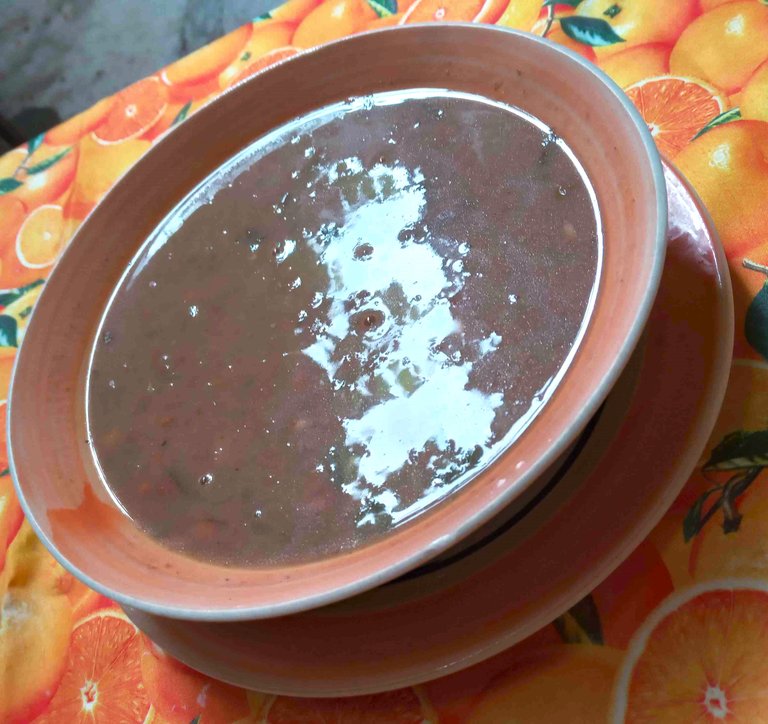
¡Saludos querida familia vegana! Ya es junio 2025, estamos a mitad de año, y es un mes de lluvias y de muchas cosas buenas, así que les deseo prosperidad, armonía, salud y mucha alegría en este mes. Y para hoy les he traído una receta que es muy común en la zona en donde vivo, se trata de FRIJOLES BAYOS, y es que cada zona de Venezuela tiene sus particularidades, en cuanto al consumo de granos. Así, en el Occidente del país se comen caraotas negras (frijoles negros), en la zona andina se consumen arvejas, garbanzos, quinchonchos y lunarias; en los Llanos Centrales que es donde habito, se consumen muchos frijoles bayos, caraotas blancas (frijoles blancos), caraotas pintadas o tapiramos (frijoles pintados) y chalotas, que no son cebollas, sino que son unas caraotas muy grandes, que también se conocen en los Andes venezolanos como lunarias.

En el pueblo que habito, los frijoles bayos representan una parte fundamental de la dieta. De este modo pueden consumirse ya sea como sopa o secos (refritos), tanto en el desayuno como en el almuerzo, ya sea acompañados de arepas, tajadas fritas de plátano macho, arroz o pasta. También hay un plato que se llama “palo a pique”, que es básicamente frijoles bayos con arroz. En todo caso, son granos muy versátiles y nutritivos, además de deliciosos. Así que hoy les presento mi receta. Cabe señalar que pensé en un primer momento preparar medio kilo de frijoles bayos, pero luego me decidí por cocinar un kilo completo. De este modo pude compartir con mis vecinos y guardé en el frigorífico para comer después. Dicho esto, vamos a mi receta.

THE RECIPE / LA RECETA
Preparation time: Mom taught me that when preparing beans, you have to do it ahead of time, preferably a day or two in advance. In this case, I spent two days (approximately) making this recipe. Mom always tells me that the beans need to soften and settle their flavors, as well as thicken the broth to make them truly delicious.
Servings: 1 kilo of bayo beans, which is equivalent to several servings (at least 12, depending on the size).
The ingredient quantities listed below can be varied according to availability and individual tastes.
1 kilo of bayo beans (as I said, I thought about preparing half a kilo, but then decided on a full 1 kilo). In the photos at the beginning, you can see a half-kilo package.
400 grams of white onions.
16 sweet chilies (I use 4 sweet chilies for every 250 grams of beans).
2 large heads of garlic.
30 grams of cilantro (coriander).
60 grams of green onions.
120 ml of annatto oil (vegetable oil with achiote).
1 tablespoon of white vinegar.
1 level tablespoon of sugar.
Salt to taste (I used 5 level tablespoons).
Spices to taste: cumin, oregano, bay leaf. In this case, I used a large tablespoon of ground cumin.
1 teaspoon of baking soda (to soften and reduce gas that the beans may produce).
Enough clean water to wash, soak, rinse, and cook the beans.
Pot, cauldron, knife, cutting board, teaspoon, plate, ladle, colander, etc.
- IMPORTANT NOTE 1: If you want to thicken the broth for these beans, you can dissolve a tablespoon of cornstarch in cold water and add this mixture little by little, while stirring the beans. Another option is to blend part of the already cooked beans with the broth.
- IMPORTANT NOTE 2: NEVER use celery to make these beans. It doesn't give them a good flavor.
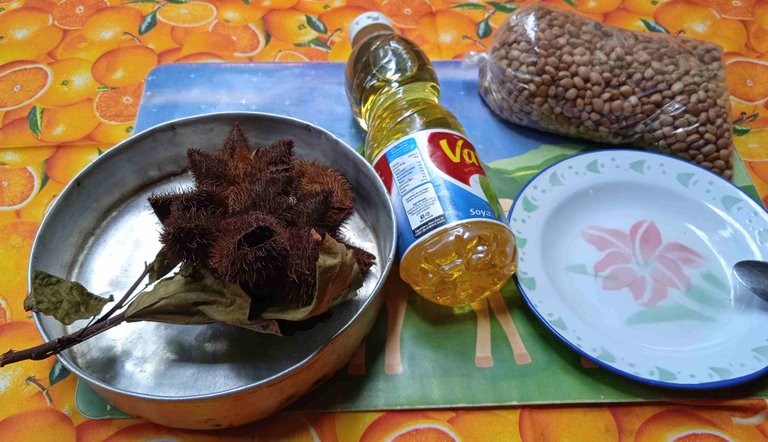

Tiempo de preparación: Mamá me enseñó que cuando se preparan granos, hay que hacerlo con tiempo, de ser posible con un día o dos de antelación. En este caso yo invertí dos días (aproximadamente) para hacer esta receta. Mamá siempre me dice que los granos necesitan ablandarse y asentar sus sabores, así como engrosar el caldo para que sean realmente deliciosos.
Raciones: 1 kilo de frijoles bayos, que equivale a varias raciones (al menos 12, dependiendo del tamaño).
Las cantidades de ingredientes que a continuación presento, pueden variarse, de acuerdo a la disponibilidad y gusto de cada quien.
1 kilo de frijoles bayos (como dije, pensé preparar medio kilo, pero luego me decidí por 1 kilo completo). En las fotos al principio se ve un paquete de medio kilo.
400 gramos de cebollas blancas.
16 ajíes dulces (yo uso 4 ajíes por cada 250 gramos de frijoles).
2 cabezas grandes de ajo.
30 gramos de cilantro.
60 gramos de cebollín.
120 ml de aceite onotado (aceite vegetal con achiote).
1 cucharada de vinagre blanco.
1 cucharada rasa de azúcar.
Sal al gusto (yo utilicé 5 cucharadas rasas).
Especias al gusto: Comino, orégano, laurel. Yo en este caso utilicé una cucharada grande de comino molido.
1 cucharadita de bicarbonato de sodio (para ablandar y disminuir los gases que los frijoles puedan producir).
- Agua limpia suficiente, para lavar, remojar, enjuagar y cocinar los frijoles.
Olla, caldero, cuchillo, tabla de picar, cucharilla, plato, cucharón, colador, etc.
NOTA IMPORTANTE 1: Si quieren engrosar el caldo de estos granos, pueden diluir una cucharada de fécula de maíz en agua fría, y añadir esta mezcla poco a poco, mientras se revuelven los frijoles. Otra opción es licuar una parte de los frijoles ya cocidos con el caldo.
NOTA IMPORTANTE 2: NUNCA usen celery para hacer estos granos. No les da buen sabor.

Uno o dos días antes, es necesario limpiar los frijoles, extrayendo restos vegetales, piedras, etc. Luego de esto, lavarlos y ponerlos a remojar en suficiente agua limpia, por 12 horas aproximadamente. Esta simple acción tiene varios objetivos: Ablandar a estos granos, reduciendo su tiempo de cocción y se aumenta su tamaño, por tanto, rinden más. Por otra parte se eliminan sustancias como lectinas y fitatos, los cuales dificultan que el cuerpo humano pueda digerirlos y aprovechar al máximo sus nutrientes.
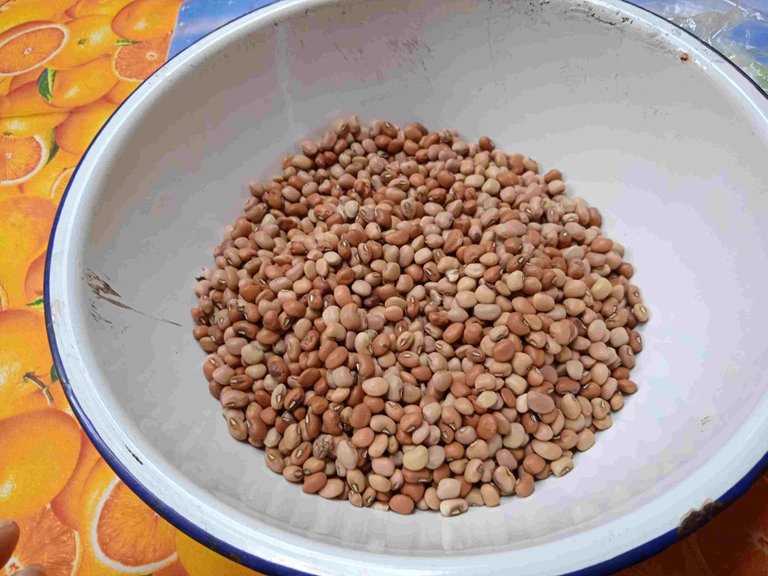
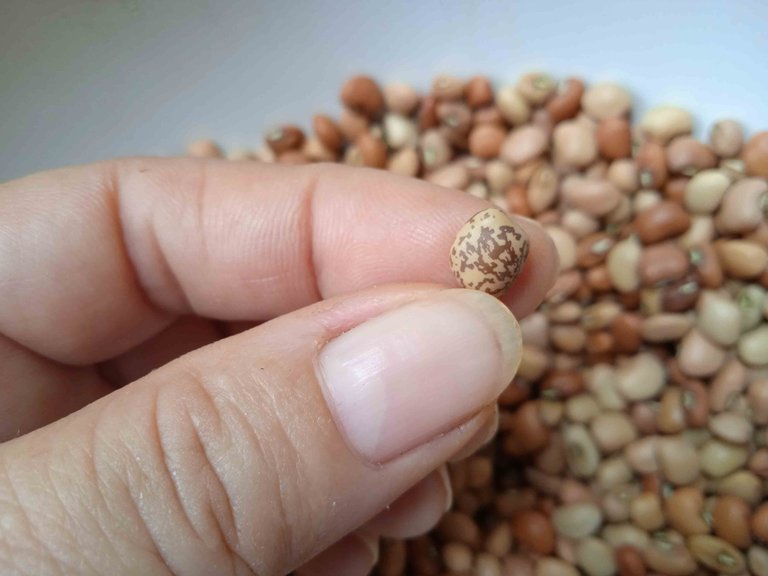
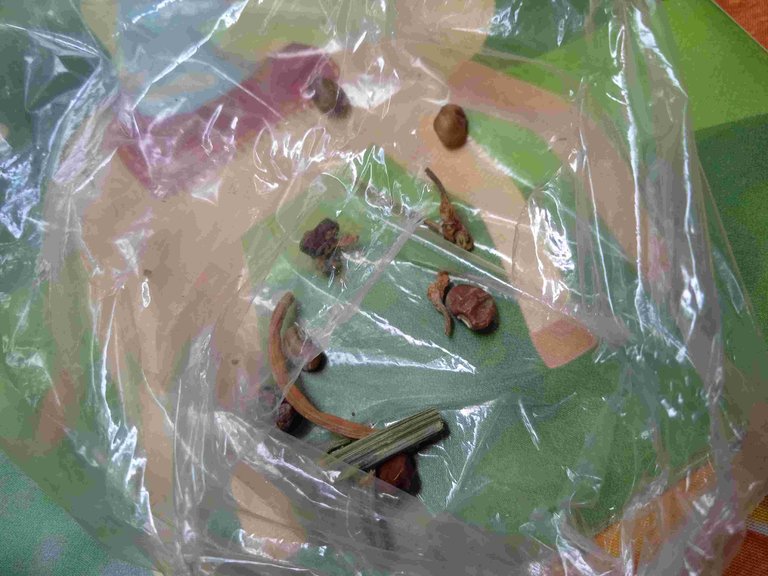

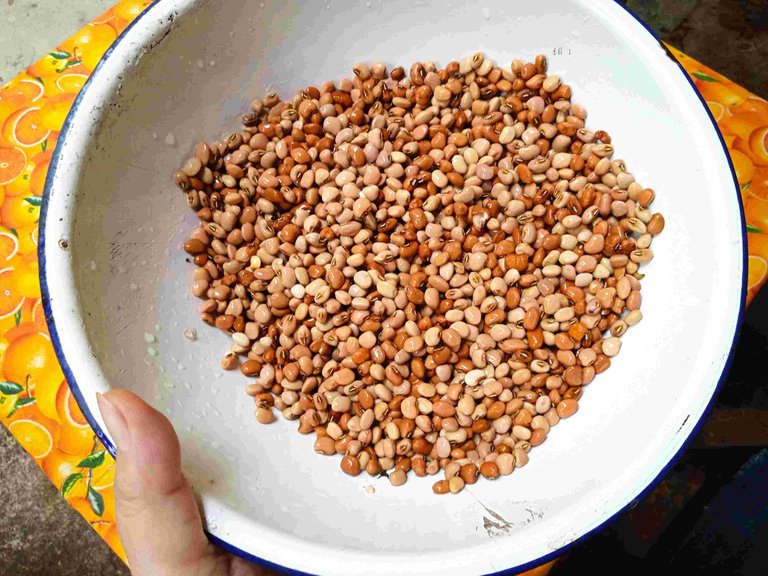

Al siguiente día puede observarse que se ha iniciado un proceso de fermentación, lo cual es una buena señal, porque ya se iniciaron cambios bioquímicos en los frijoles. Proceder a colar y enjuagar varias veces, hasta que queden bien limpios. Aquí se puede observar que incluso, comenzaron a germinar, lo que me indica que son granos frescos.
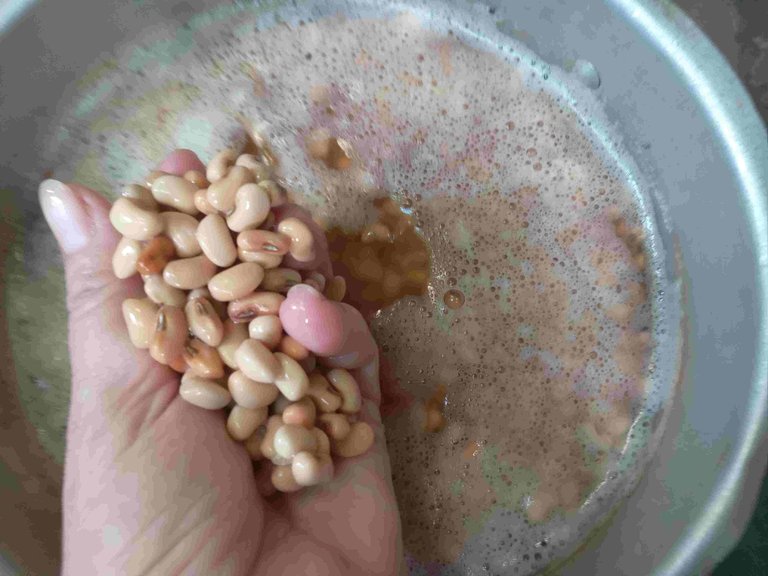


Colocar los frijoles ya limpios, en una olla amplia, de ser posible de fondo grueso. Cubrirlos con suficiente agua limpia. Aquí quiero mostrarles algo: Días atrás recibí de obsequio unas bellotas de onoto o achiote, (Bixa orellana). Aquí pueden ver el hermoso color del onoto. De estas bellotas se usan las semillas, las cuales se añaden al aceite vegetal, el cual se agita, o también se calienta a fuego bajo, para que le transfieran su sabor y color. Yo reservé las hojas en un frasco, pues con estas se hacen infusiones para la tos y también para los cólicos intestinales. El color que adquiere el aceite es hermoso y se usa en muchas recetas saladas.
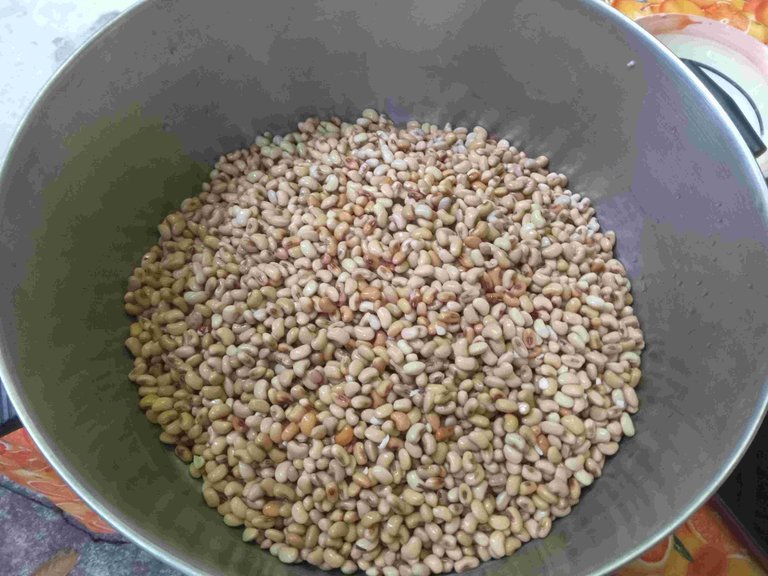
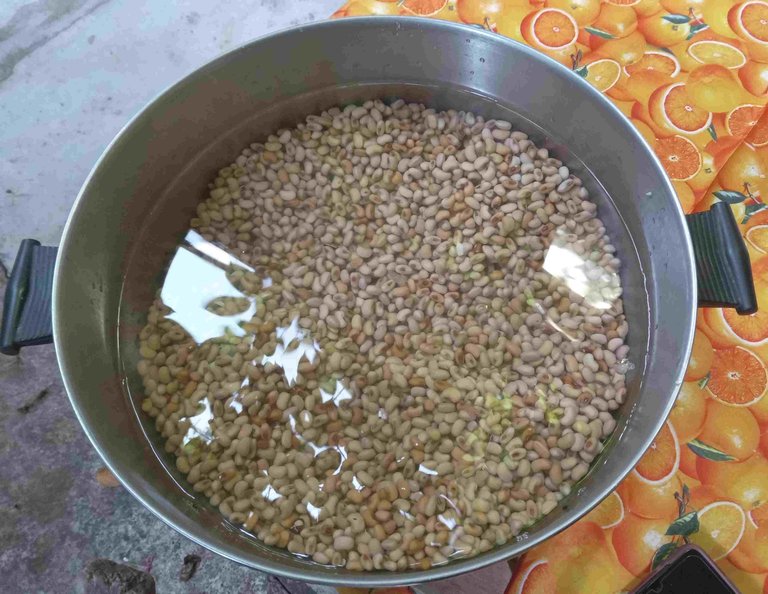

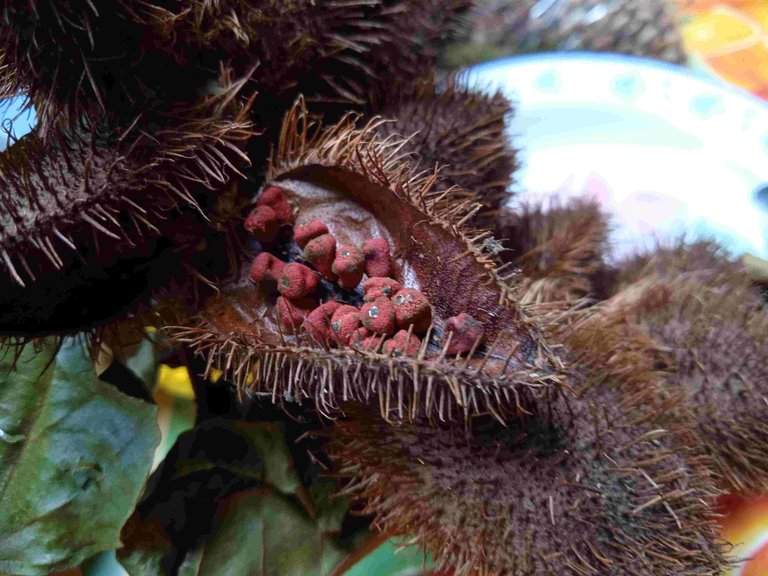

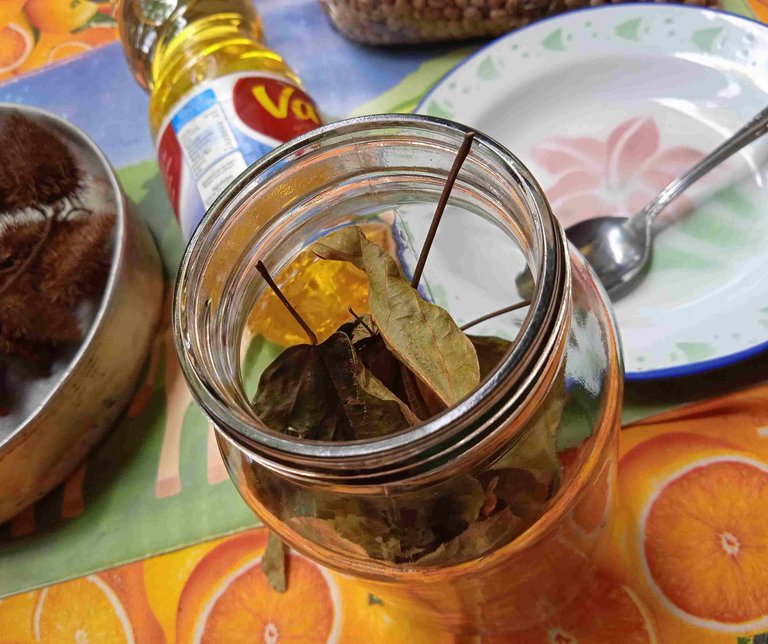

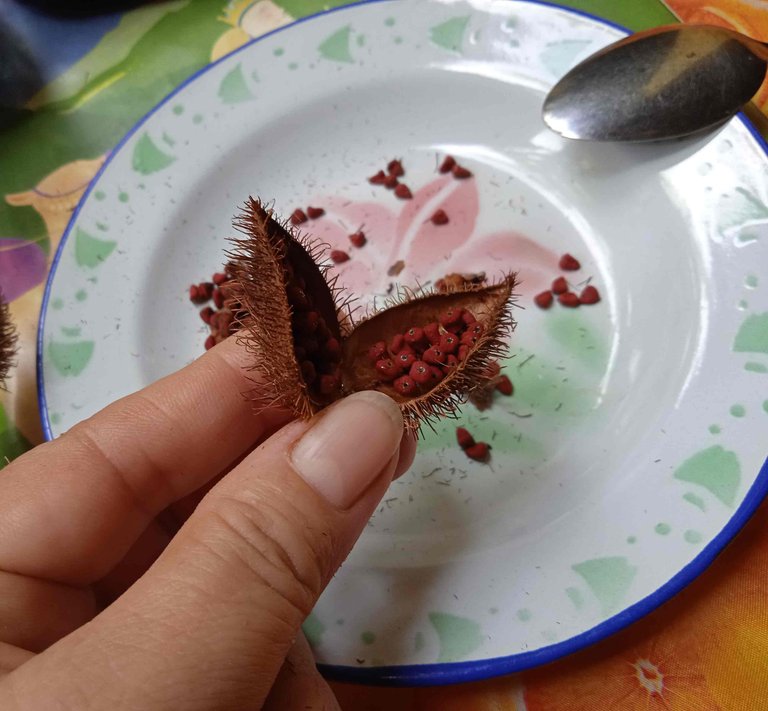


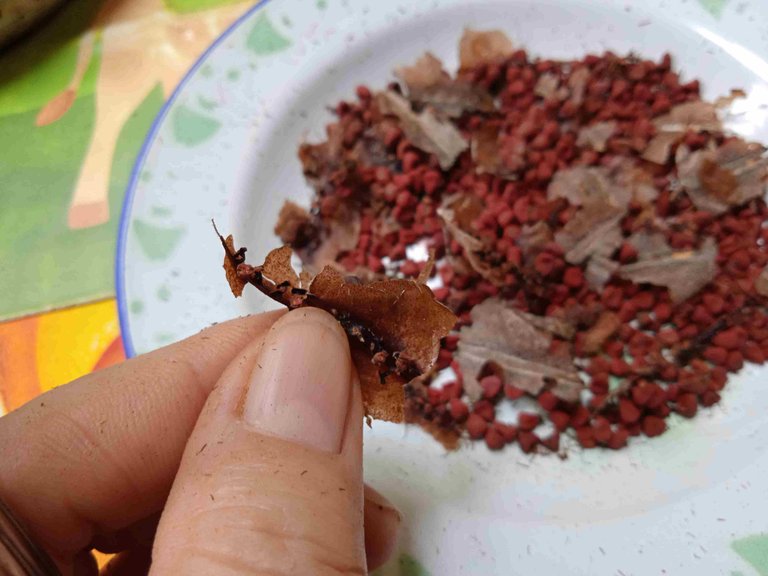

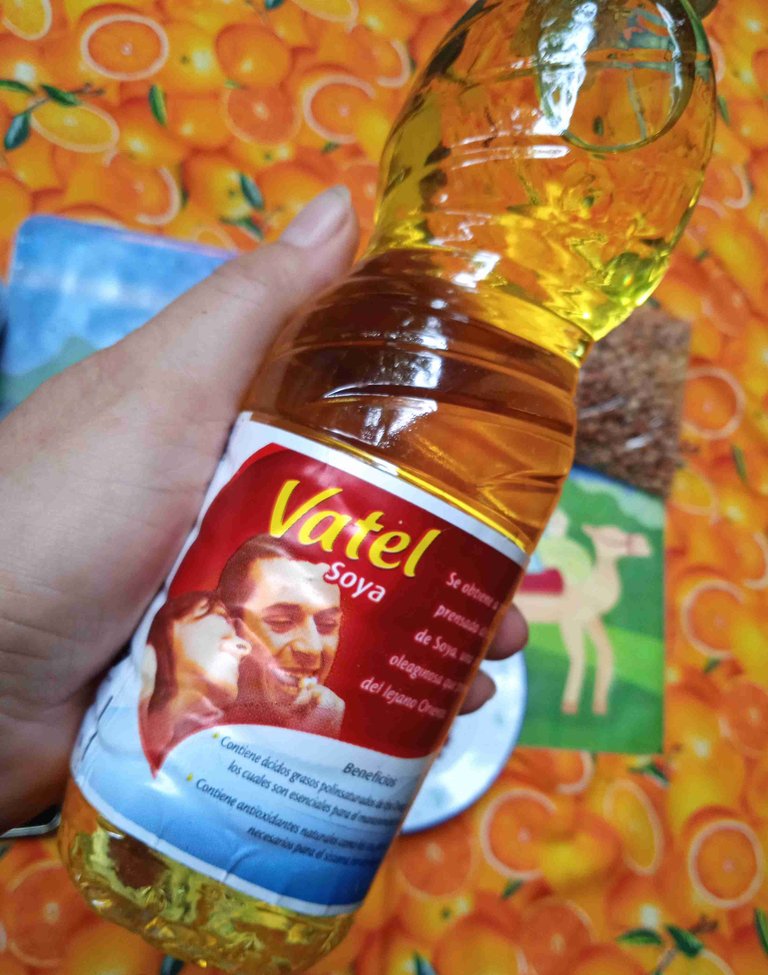


Mientras tanto, pelar y picar los vegetales. En las fotos no se observan las dos cabezas de ajo que usé, porque añadí la segunda luego de rectificar su sabor. Los ajos los piqué menudamente y los aplasté con una piedra, en el súper caldero de la bisabuela, así no se pierde ni una pizca de su sabor. Las hojas del cilantro las reservo, porque éstas las añado casi finalizando la cocción de los frijoles. Recuerden que el momento de añadir un ingrediente a una receta, puede variar su sabor.
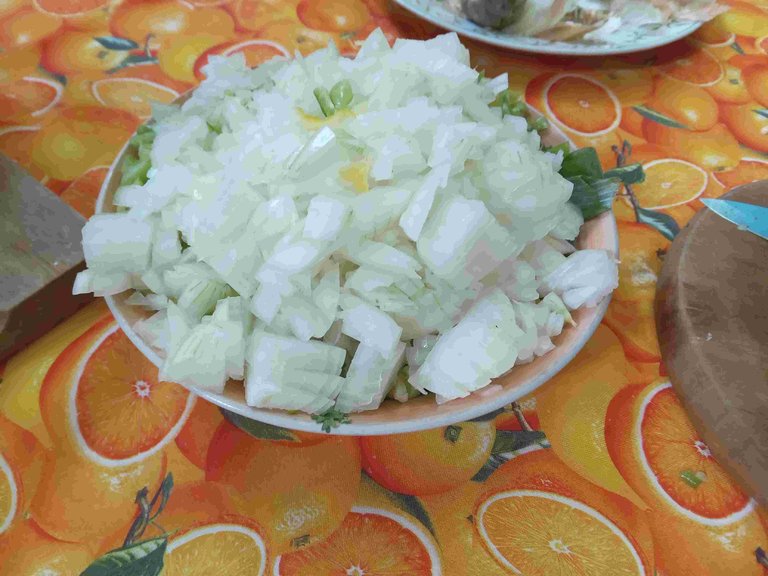


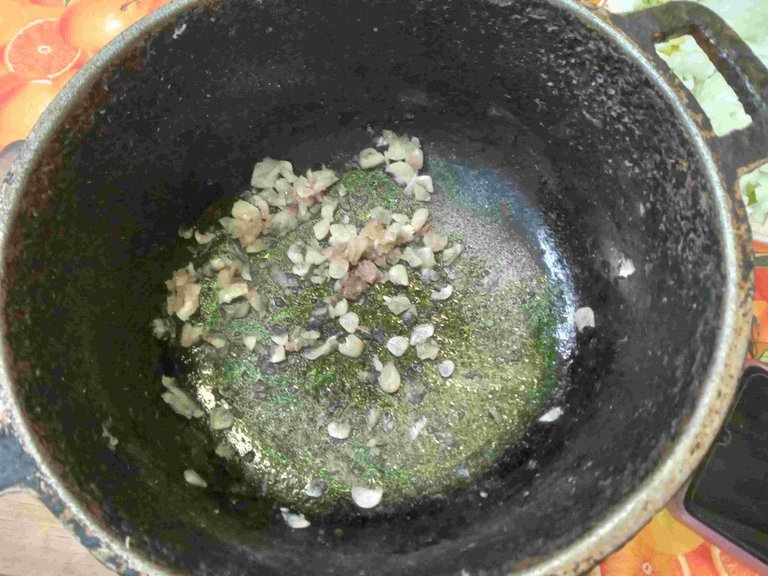


Colocar los vegetales picados junto con el aceite onotado y el ajo, y llevar a sofreír a fuego alto. Una vez que comienzan a transparentar las cebollas, se añade una cucharada de sal, así como una cucharada de vinagre blanco y una cucharada de azúcar. Esto se hace para extraer al máximo el sabor de los vegetales. Sofreír por aproximadamente 10 minutos, removiendo constantemente. Retirar del fuego.
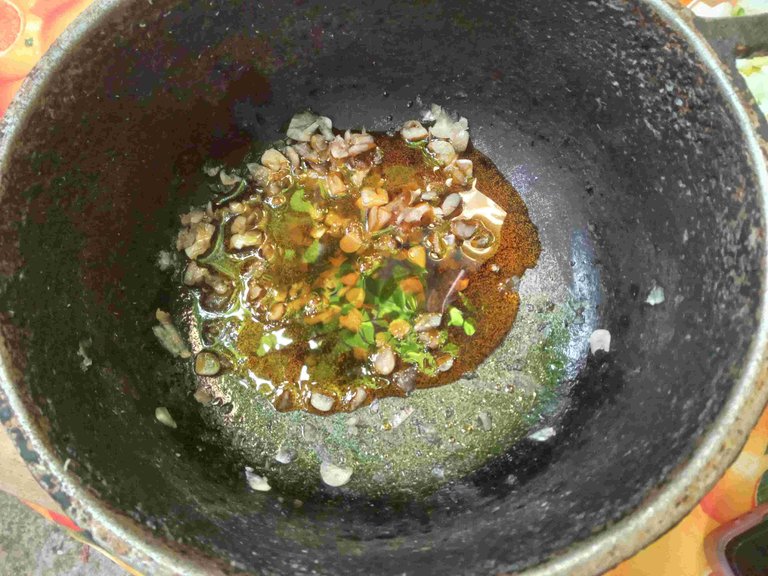
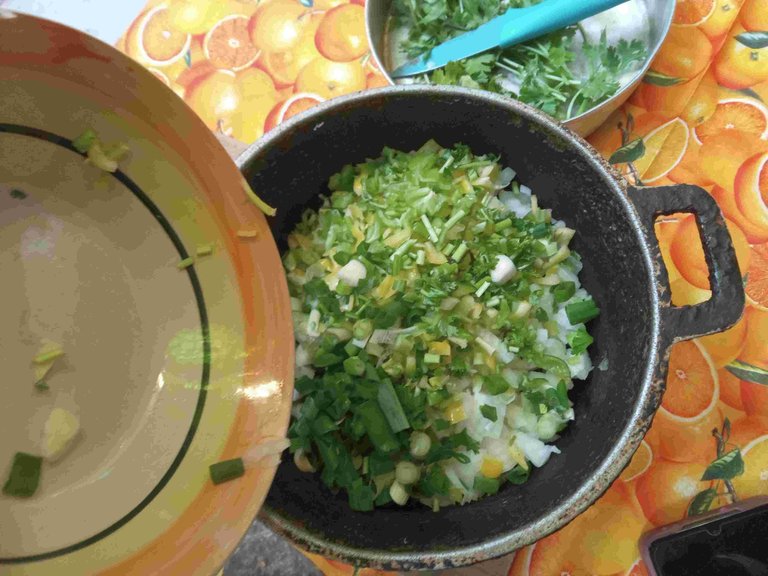
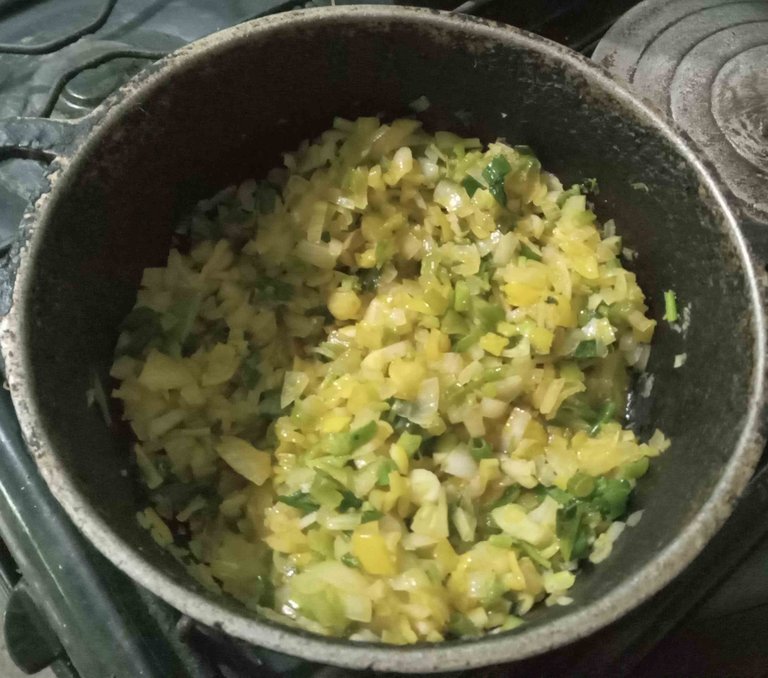

Añadir el bicarbonato y las especias, (en este caso, comino) a los frijoles, y luego el sofrito de vegetales. Llevar a cocinar, primero a fuego alto, hasta que hiervan, para luego bajar a fuego medio bajo. Cocinar por el tiempo necesario, removiendo de vez en cuando, para evitar que se quemen. De ser necesario, añadir más agua. Este tiempo puede variar de acuerdo a la olla que uses y a la calidad del grano. Si usas olla exprés se disminuye notablemente el tiempo. Cabe señalar que a mí me gusta añadir los vegetales y las especias desde un principio, porque considero que así los granos absorben todo el sabor. El resto de la sal la añado a la mitad del proceso, para que los granos no se endurezcan. Esta es mi forma particular de prepararlos.
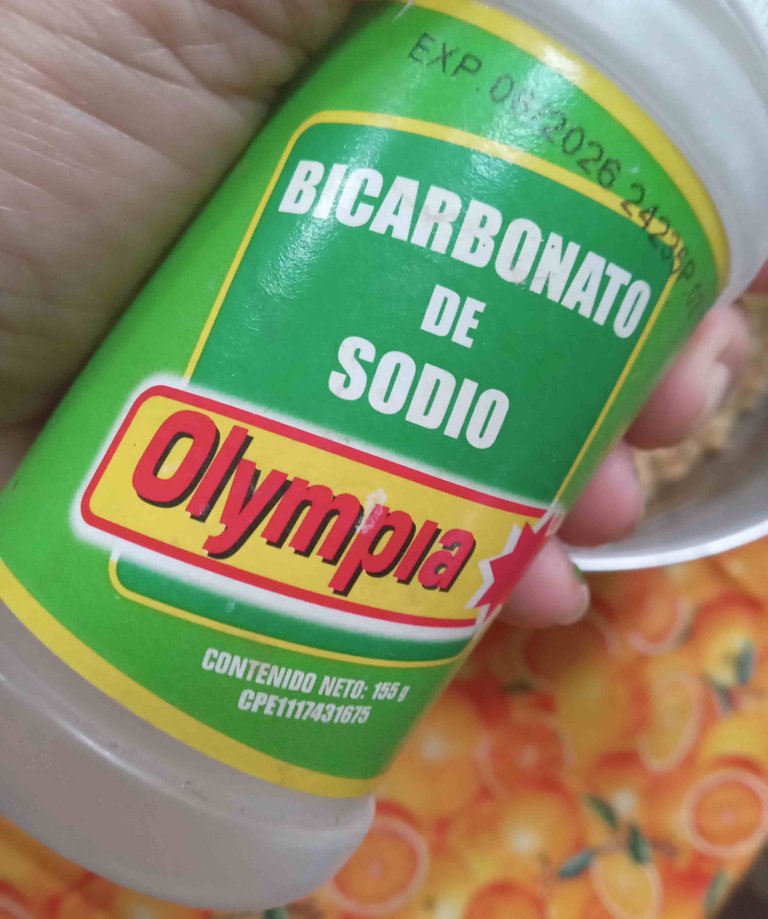

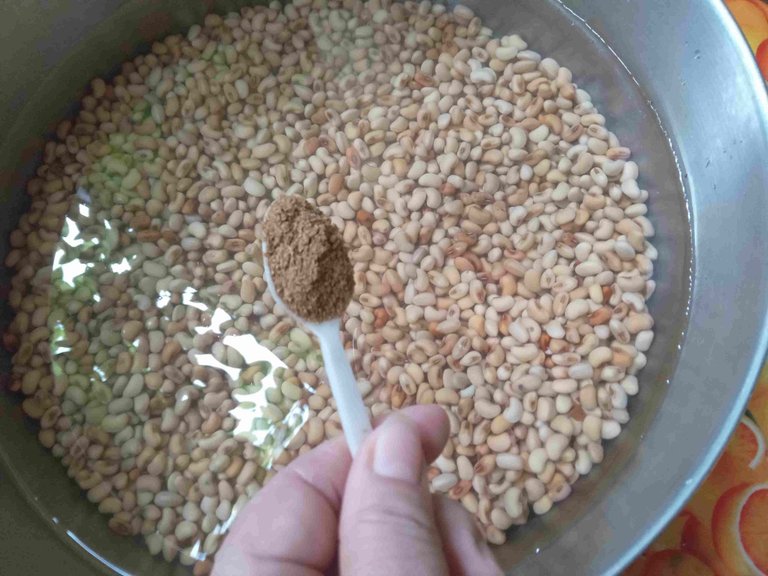
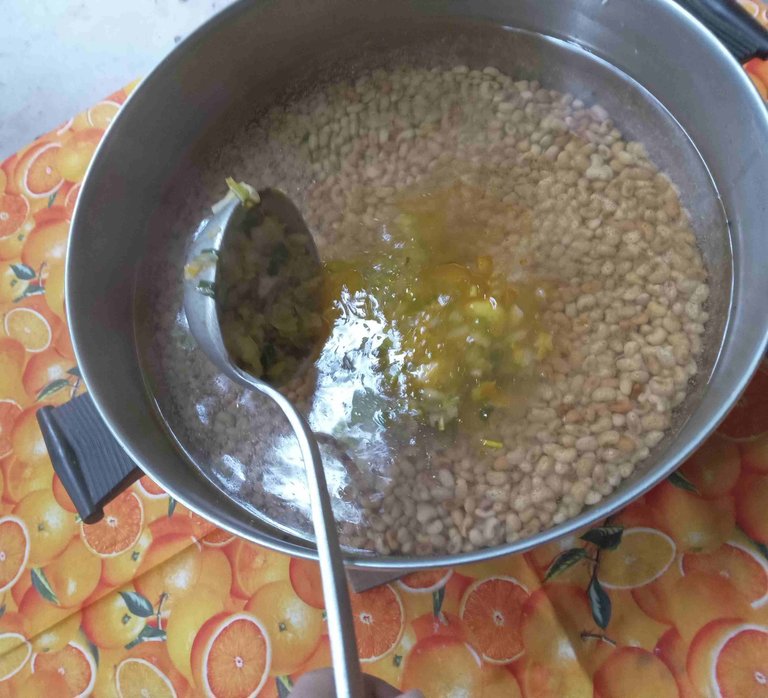

Cuando ya estén totalmente cocidos los frijoles, rectificar la sazón, y de ser necesario, añadir ya sea agua, o más especias, sal o verduras sofritas. En este momento se adicionan las hojas de cilantro que se han reservado, a fin de que transfieran su sabor. En este momento también puedes engrosar el caldo, con los trucos que te sugiero al final de la lista de ingredientes (añadir fécula de maíz diluida o licuar parte de los granos). Seguir cocinando a fuego medio bajo, por 20 a 30 minutos más, y ya están listos.
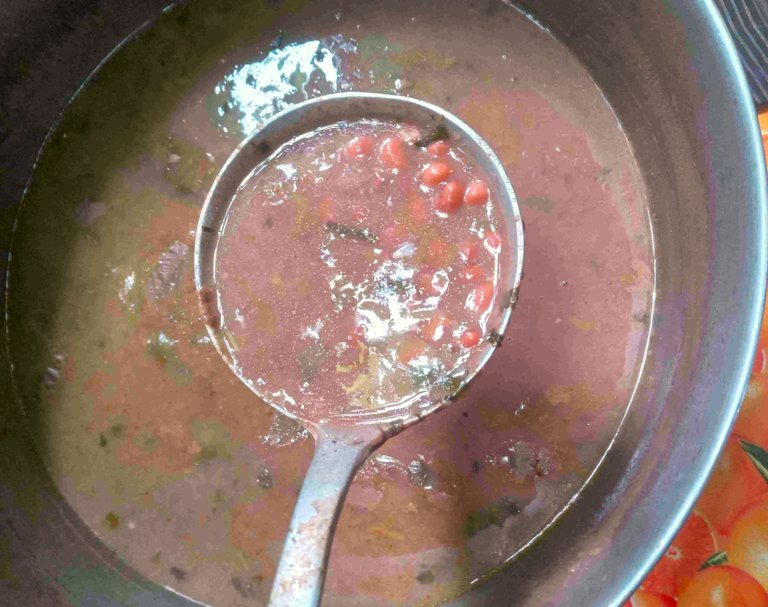

Ya están listos los frijoles bayos. Sólo queda servir y disfrutar. Aquí me serví un plato, que luego acompañé con una deliciosa arepa. Son unos granos deliciosos y reconfortantes, además de mu saciantes, por lo que son ideales para hacer más divertidas y sabrosas tus comidas.


Aquí termino mi post de hoy, en el cual les he ofrecido una receta tradicional de la zona en que vivo. Es un plato versátil y nutritivo, que vale la pena preparar. Espero que se animen a seguir haciendo recetas veganas, que son deliciosas, nutritivas y compasivas con la Madre Tierra. Me despido deseando salud, prosperidad y alegría para todos ustedes; y recuerden: No todos los días son iguales y más importante aún: Todo lo que das, todo lo que haces, inexorablemente volverá a ti. ¡Abrazos!

These photos are my own, and were taken with a Xiaomi REDMI NOTE 9A phone / Estas fotos son de mi propiedad, y las tomé con un smarthone Xiaomi REDMI NOTE 9A
This time I'm using a divider that @doriangel gave me. Thank you very much for this beautiful gift. / En esta ocasión estoy usando un divisor que me obsequió @doriangel. Muchas gracias por este bello regalo.

Todo el contenido es de mi propiedad y está sujeto a derechos de autor // All content is my property and subject to copyrigh



Delegations welcome!
